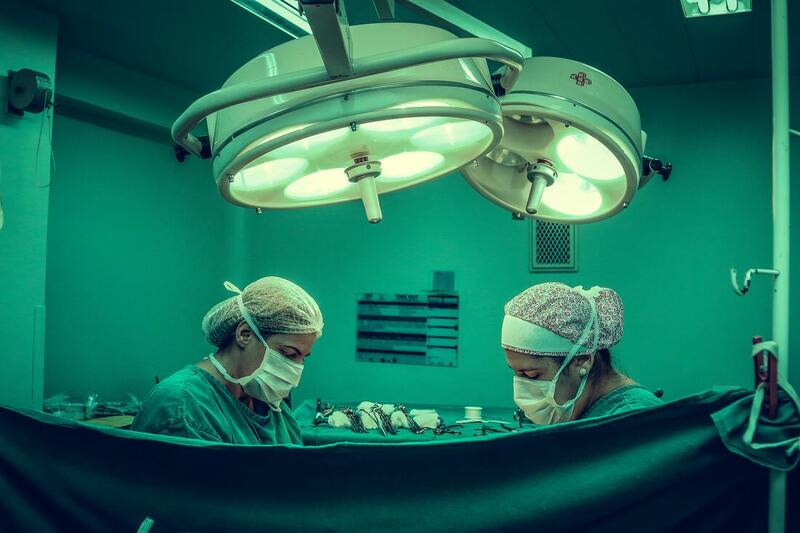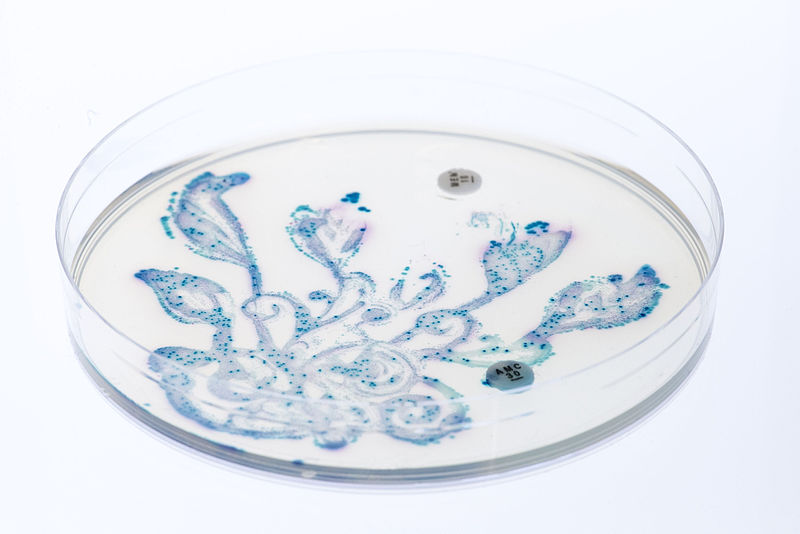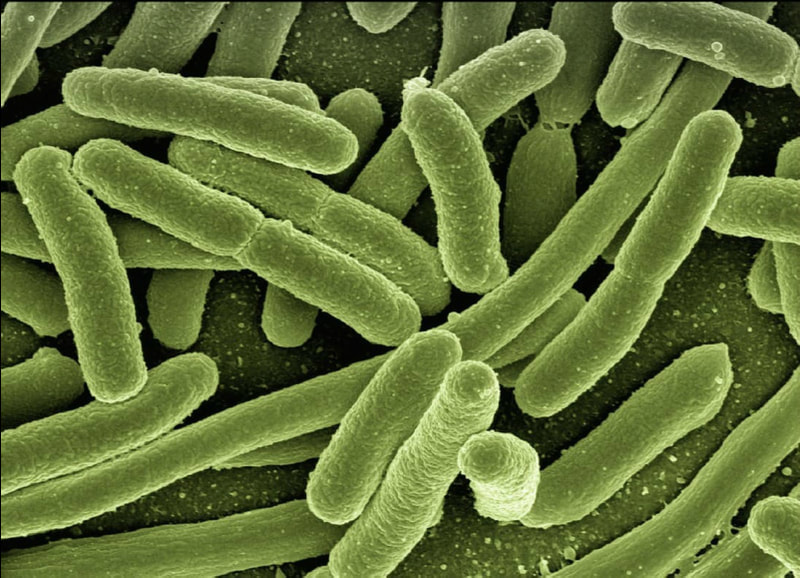Surgery Can Hurt: Why Must Painkillers Too?
America’s opioid epidemic has swept across the country for three years now, vividly illuminated by unrelenting media attention. Widespread prescriptions for opioids such as fentanyl, oxycodone, and hydrocodone have locked patients with chronic pain into cycles of addiction. This has created lethal consequences, with the National Institute of Drug Abuse estimating more than 130 opioid overdose deaths daily. Compounding this, the financial costs of the epidemic on the United States run high, with almost 78.5 billion dollars lost every year through a combination of healthcare costs, addiction rehabilitation, and related expenses.
Given the gravity of this epidemic, new research now focuses on the cost-benefit analysis of opioid prescriptions and their chemical effectivity. Worryingly, one such new study has suggested that opioids administered during and after surgery can actually prolong operation-related pain. This study, jointly authored by researchers at the University of Colorado, the University of Adelaide, and the University of Texas, monitored pain duration and intensity as opioids were administered to rat model-organisms following surgery. The researchers performed a laparotomy on several groups of rats, and administered various levels of morphine after surgery for differing time periods. Amazingly, all test groups showed an increase in duration of pain as measured by behavioral responses to fine hair stimuli—they experienced pain for a longer time than if they had not been given morphine at all.
Given the gravity of this epidemic, new research now focuses on the cost-benefit analysis of opioid prescriptions and their chemical effectivity. Worryingly, one such new study has suggested that opioids administered during and after surgery can actually prolong operation-related pain. This study, jointly authored by researchers at the University of Colorado, the University of Adelaide, and the University of Texas, monitored pain duration and intensity as opioids were administered to rat model-organisms following surgery. The researchers performed a laparotomy on several groups of rats, and administered various levels of morphine after surgery for differing time periods. Amazingly, all test groups showed an increase in duration of pain as measured by behavioral responses to fine hair stimuli—they experienced pain for a longer time than if they had not been given morphine at all.
Image Source: Pixabay
It seems counter-intuitive that pain would increase with painkillers. The researchers suggest that this is caused by a process called “immune priming”. In immune priming, an initial physiological change results in a corrective immune response. Following this, later changes are reacted to more quickly, since the body has already learned how to respond to the first change from the past. The purpose of immune priming is to allow the body to quickly respond to an event, fix the issue, and return to its original condition. However, both surgical wounds and opioids are considered physiological changes that require immune responses in the form of inflammation and pain. When patients go through surgery and take opioids after, it is likely that immune priming causes the body to respond to the new consecutive changes at a faster rate, elongating the duration of the inflammation and pain responses.
Through additional experiments mentioned in the paper, researchers also found that opioids administered immediately before surgery could prolong postoperative pain. Both opioid administration timings (before and after surgery) were found to overexpress proteins involved in immune responses of pain, providing biochemical evidence for how opioids directly affect pain. All of these findings, conclude that administration of opioids prolongs pain. Further research will be required to confirm whether this pattern occurs in human patients, but if found to be true, it will force a critical reevaluation on the perception of opioid prescriptions. If opioids prolong pain, then perhaps current prescriptions are longer than required—leading to higher exposure and addiction risk. As these new questions are explored, however, the opioid epidemic only continues to claim the lives of those around us.
Through additional experiments mentioned in the paper, researchers also found that opioids administered immediately before surgery could prolong postoperative pain. Both opioid administration timings (before and after surgery) were found to overexpress proteins involved in immune responses of pain, providing biochemical evidence for how opioids directly affect pain. All of these findings, conclude that administration of opioids prolongs pain. Further research will be required to confirm whether this pattern occurs in human patients, but if found to be true, it will force a critical reevaluation on the perception of opioid prescriptions. If opioids prolong pain, then perhaps current prescriptions are longer than required—leading to higher exposure and addiction risk. As these new questions are explored, however, the opioid epidemic only continues to claim the lives of those around us.
Featured Image Source: Vidal Balielo Jr.
RELATED ARTICLES
|
Vertical Divider
|
Vertical Divider
|
Vertical Divider
|






